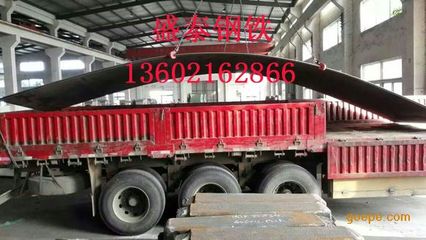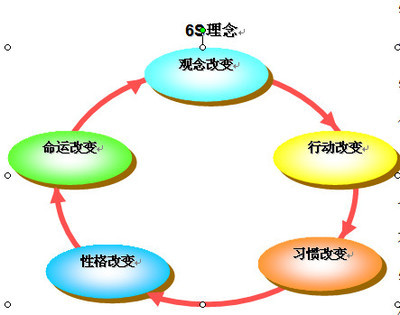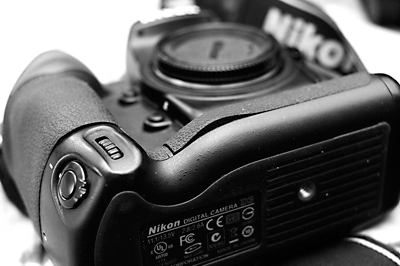转载http://blog.csdn.net/zhoutongchi/article/details/8191991
学习映射函数及在行为识别/图像分类中应用的文献(模型与非模型之间存在关联,算法相互采用,没有明确的区分,含仿生学文献)
%研究重点放到ICA模型及深度学习兼顾稀疏编码
1)稀疏编码(稀疏编码、自动编码、递归编码):
[1] B. Olshausen andD. Field. Emergence of simple-cell receptive field properties bylearning a sparse code for natural images. Nature, 1996.
[2] H. Lee, A.Battle, R. Raina, and A. Y. Ng. Efficient sparse coding algorithms.In NIPS, 2007.
[3] B. A. Olshausen.Sparse coding of time-varying natural images. In ICA,2000.
[4] Dean, T.,Corrado, G., Washington, R.: Recursive sparse spatiotemporalcoding.In: Proc. IEEE Int. Workshop on Mult. Inf. Proc. and Retr.(2009).
[5] J. Yang, K. Yu,Y. Gong, and T. Huang. Linear spatial pyramid matching using sparsecoding for image
classification. InCVPR, 2009.
[6]S.Wang, L. Zhang, Y. Liang and Q. Pan.Semi-Coupled DictionaryLearning with Applications to Image Super-Resolution andPhoto-Sketch Image Synthesis. in CVPR 2012.

[7] Yan Zhu, XuZhao,Yun Fu,Yuncai Liu. Sparse Coding on Local Spatial-temporalVolumes for Human action Recognition.ACCV2010,Part II,LNCS6493.(上海交大,采用3DHOG特征描述,3DSift稀疏编码未注意)。
2)ICA(ISA)模型:
[1] A. Hyvarinen, J.Hurri, and P. Hoyer. Natural Image Statistics. Springer,2009.
[2]Alireza Fathi andGreg Mori. Action Recognition by Learning Mid-level MotionFeatures. IEEE,2008,978-1-4244-2243.
[3] A. Hyvarinen andP. Hoyer. Emergence of phase- and shift-invariant features bydecomposition of natural images into independent feature subspaces.Neu. Comp., 2000.
[4] A. Coates, H.Lee, and A. Y. Ng. An analysis of single-layer networks inunsupervised feature learning.
In AISTATS 14,2011.(该篇采用采用的特征,基于BOW方法不需要检测。形成BOW时采用图像块相似聚类,跟据离BOW距离将图像块特征非线性判决,之后将正副图像以一种稀疏形式表示)
[5] Q. V. Le, W. Zou,S. Y. Yeung, and A. Y. Ng. Learning hierarchical spatio-temporalfeatures for action
recognition withindependent subspace analysis. In CVPR, 2011.
[6] Q. V. Le, J.Ngiam, Z. Chen, D. Chia, P. W. Koh, and A. Y. Ng. Tiledconvolutional neural networks. In
NIPS,2010.
[7] M. S. Lewicki andT. J. Sejnowski. Learning overcomplete representations. NeuralComputation, 2000.
[8] L. Ma and L.Zhang. Overcomplete topographic independent component analysis.Elsevier, 2008.
[9] A. Krizhevsky.Learning multiple layers of features from tiny images. Technicalreport, U. Toronto, 2009.
%非分类识别文献,引入copula估计子空间,新特征组合
[10]Nicolas Brunel,Wojciech Pieczynski,Stephane Derrode.Copulas in vectorial hiddenmarkov chains for multicomponent imagessegmentation.ICASSP’05,Philadelphia,USA,March19-23,2005.(非识别分类文献,但是涉及到一种算法,对估计子空间很有用,可以引入ICA模型。)
[11] Xiaomei Qu.Feature Extraction by Combining Independent Subspaces Analysis andCopula Techniques. International Conference on system Science andEngineering,2012.
[12] Pietro Berkes,Frank Wood and Jonathan Pillow. Characterizing neural dependencieswith copula models. In NIPS, 2008.
[13] Y-Lan Boureau,Jean Ponce, Yann LeCun. A theoretical Analysis of Feature Poolingin Visual Recognition. In Proceedings of the 27’th InternationalConference on machine Learning, Haifa,Israel,2010.(介绍多样池及概念,可以形成稀疏表示及产生鲁棒性特征)
3)深度学习(与ICA、RBM关联性强,属于多层学习):
[1] Y. Bengio, P.Lamblin, D. Popovici, and H. Larochelle.Greedy layerwise trainingof deep networks. In NIPS, 2006.
[2] Alessio Plebe. Amodel of the response of visual area V2 to combinations oforientations. Network: Computation in Neural Systems, September2012; 23(3): 105–122.(涉及到模拟人类大脑皮层感知(v1、v2、v3、v4、v5),此类文献多,主要以猴子猫动物实验)
[3] G. Hinton, S.Osindero, and Y. Teh. A fast learning algorithms for deep beliefnets. Neu. Comp., 2006
[4] H. Lee, R.Grosse, R. Ranganath, and A. Ng. Convolutional deep belief networksfor scalable unsupervised learning of hierarchical representations.In ICML, 2009.
[5]Yann Lecun, KorayKavukcuoglu, and Clement Farabet. Convolutional Networks andApplications in Vision. In Proc. International Symposium onCircuits and Systems (ISCAS'10), 2010.
[6] Pierre Sermanet,Soumith Chintala and Yann LeCun. Convolutional Neural NetworksApplied to House Numbers Digit Classification. Computer Vision andPattern Recognition,2012.
[7] Quoc V. Le.Marc’Aurelio Ranzato. Rajat Monga. Matthieu Devin. Kai Chen. GregS. Corrado. JeffDean. Andrew Y.Ng. Building High-level Features Using Large Scale UnsupervisedLearning. the 29’th International Conference on Machine Learning,Edinburgh, Scotland, UK, 2012.
[8] A. Hyvarinen andP. Hoyer. Topographic independent component analysis as a model ofv1 organization and receptive fields. Neu. Comp., 2001
[9]Y. Bengio, P.Lamblin, D. Popovici, and H. Larochelle. Greedy layerwise trainingof deep networks. In
NIPS,2007.
[10] Q. V. Le, J.Ngiam, A. Coates, A. Lahiri, B. Prochnow, and A. Y. Ng. Onoptimization methods for deep learning. In ICML, 2011.
[11] H. Lee, C.Ekanadham, and A. Y. Ng. Sparse deep belief net model for visualarea V2. In NIPS, 2008.
[12] G. E. Hinton, S.Osindero, and Y. W. Teh. A fast learning algorithm for deep beliefnets. Neural Computation, 2006.
[13] Jarrett, K.,Kavukcuoglu, K., Ranzato, M., LeCun, Y.: What is the bestmultistage architecture for object recognition? In: ICCV. (2009)2146-2153.
[14] Lee, H.,Ekanadham, C., Ng., A.: Sparse deep belief net model for visualarea V2.In: NIPS. (2008) 873-880.
[15] Bo Chen .DeepLearning of Invariant Spatio-Temporal Feature fromVideo.[D].2010.
[16] Jiquan Ngiam,Zhenghao Chen, Pang Wei Koh,Andrew Y.Ng.Learning Deep EnergyModels.in Proceedings of the 28’th international Conference onMachine Learning,Bellevue,WA,USA,2011.
%以下(CRBM、SF)这些模型参考,不做重点研究,可借鉴算法。
4)CRBM(文献多,有博士论文):
[1] G. Hinton. Apractical guide to training restricted boltzmann machines.Technical report, U. of Toronto,
2010.
[2] G. Taylor, R.Fergus, Y. Lecun, and C. Bregler. Convolutional learning ofspatio-temporal features. In ECCV, 2010.
[3] Norouzi, M.,Ranjbar, M., Mori, G.: Stacks of convolutional restricted Boltzmannmachines for shift-invariant feature learning. In: CVPR.(2009).
[4] Memisevic, R.,Hinton, G.: Learning to represent spatial transformations withfactored higher-order Boltzmann machines. Neural Comput2010.
5)SlowFeature(慢特征学习分析(德国),代表文献)
这种新方法以邻帧图像为基础研究,是一种新思路。
[1] P. Berkes and L. Wiskott. Slow feature analysis yields arichrepertoire of complex cell properties. Journal of Vision,2005
 爱华网
爱华网



